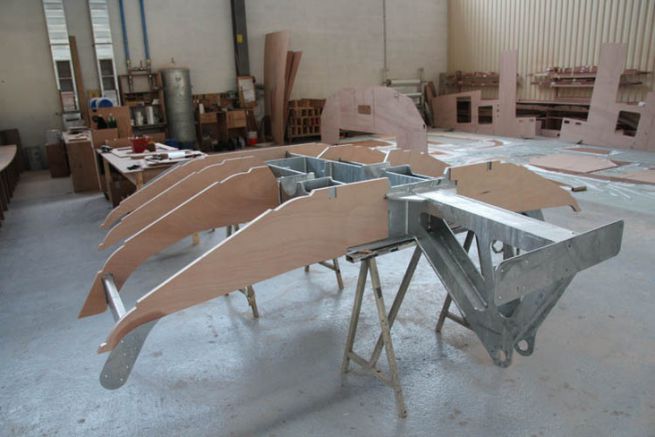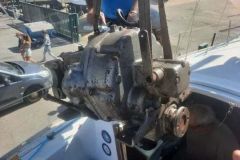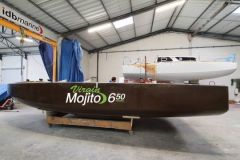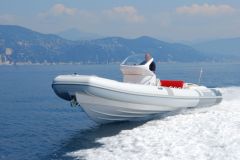Revision of ISO 10087 and ISO 12215-5 standards
The beginning of the year 2020 was marked by the publication of 2 new ISO standards and their integration into European harmonized standards by publication in the Official Journal on 22 January 2020. The new texts are ISO 12215-5:2019 on the construction and sizing of monohulls and ISO 10087:2019 on the Craft Identification Code System. The old version of the structural standard will not be withdrawn until 30 June 2021 to allow boat builders to adapt their production.
Novelty for small vessel identification
This is the 4th version of ISO 10087, which deals with boat identification, in particular through builder's plates and so-called CE plates. The main changes from the previous edition are as follows:
- new definitions of country of builder and small vessel
- updated manufacturer's code requirements
New approach to the structure of pleasure craft
The new version of ISO 12215 part 5 is in line with the overall evolution of ISO 12215, which deals with the structure of boats. Part 9 dedicated to the keel and appendages and part 7 dealing with multihulls have already been revised in recent years. The objective of the Small Ships Committee is to take into account the evolution of calculation means by opening up the range of authorised dimensioning solutions.
The main changes from the previous edition are as follows:
- clarification of the scope and numerous definitions, dimensions and assessments;
- definition of a theoretical limit height of the bridge/hull connection ZSTD in Table 3;
- change of UCS name to kDYN in Table 7;
- decrease in kL values in the stern section of the vessel in Table 8;
- deletion of the kAR min, in order to better take into account the large panels, mainly made in sandwich construction, in Table 9;
- improvement of kSUP values in Table 10;
- modification of design pressures for motor and sail boats in Tables 12 and 13;
- modification of the design constraints by introducing the factors kBB and kAM in Tables 15 to 17;
- incorporation of requirements for workboats in Table 2, Article 12 and Annex J;
- the possibility of using a wider range of evaluation methods, detailed in Table 18;
- moving the previous valuation method (now called "simplified") to Appendix A;
- improvements/clarification of the simplified method (evaluation of panels, sharp chine sections, sections without stiffeners, single and double curvature, associated flanges, sandwich core requirements, etc.);
- improvement of Annex C for the determination of mechanical properties of composites, retaining the previous "simplified" method;
- reminder in A.14 of the requirements of ISO 12215-9 relating to the reinforcement of the hull at the ballast keel attachment;
- new Annex I which only gives recommendations for minimum thicknesses of monolithic laminate or sandwich skins, which are no longer mandatory;
- new Annex J which defines different types of commercial and work vessels and their requirements;
- new Annex K which defines the forces induced by outboard motors;
- new Annex L which provides a suggested application sheet for this document to explain how it has been used.














